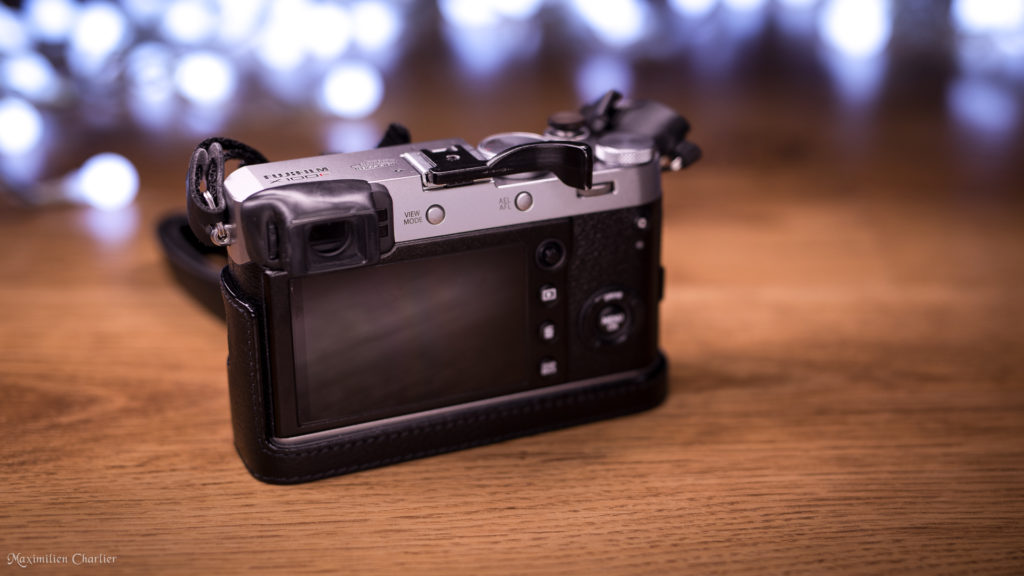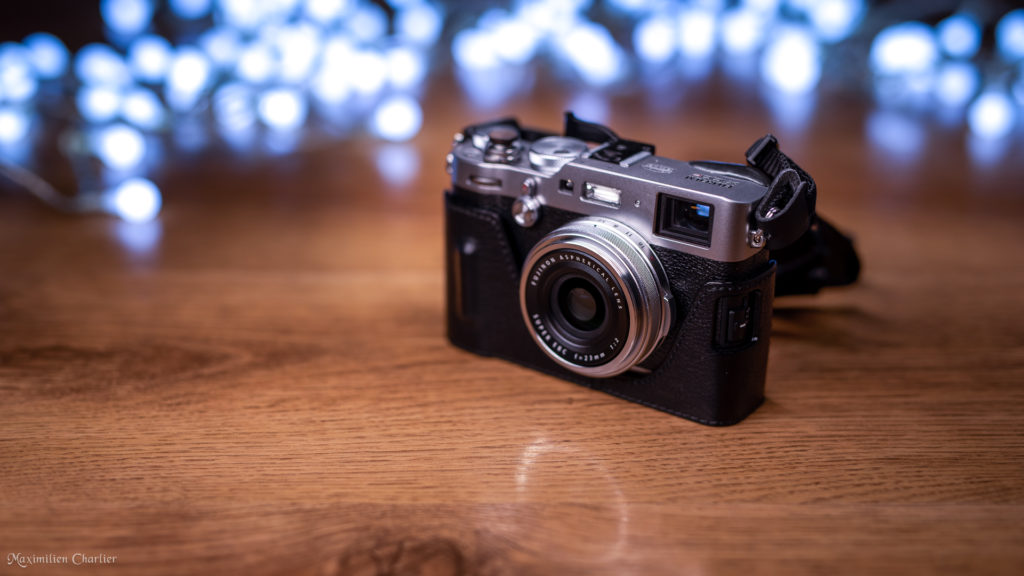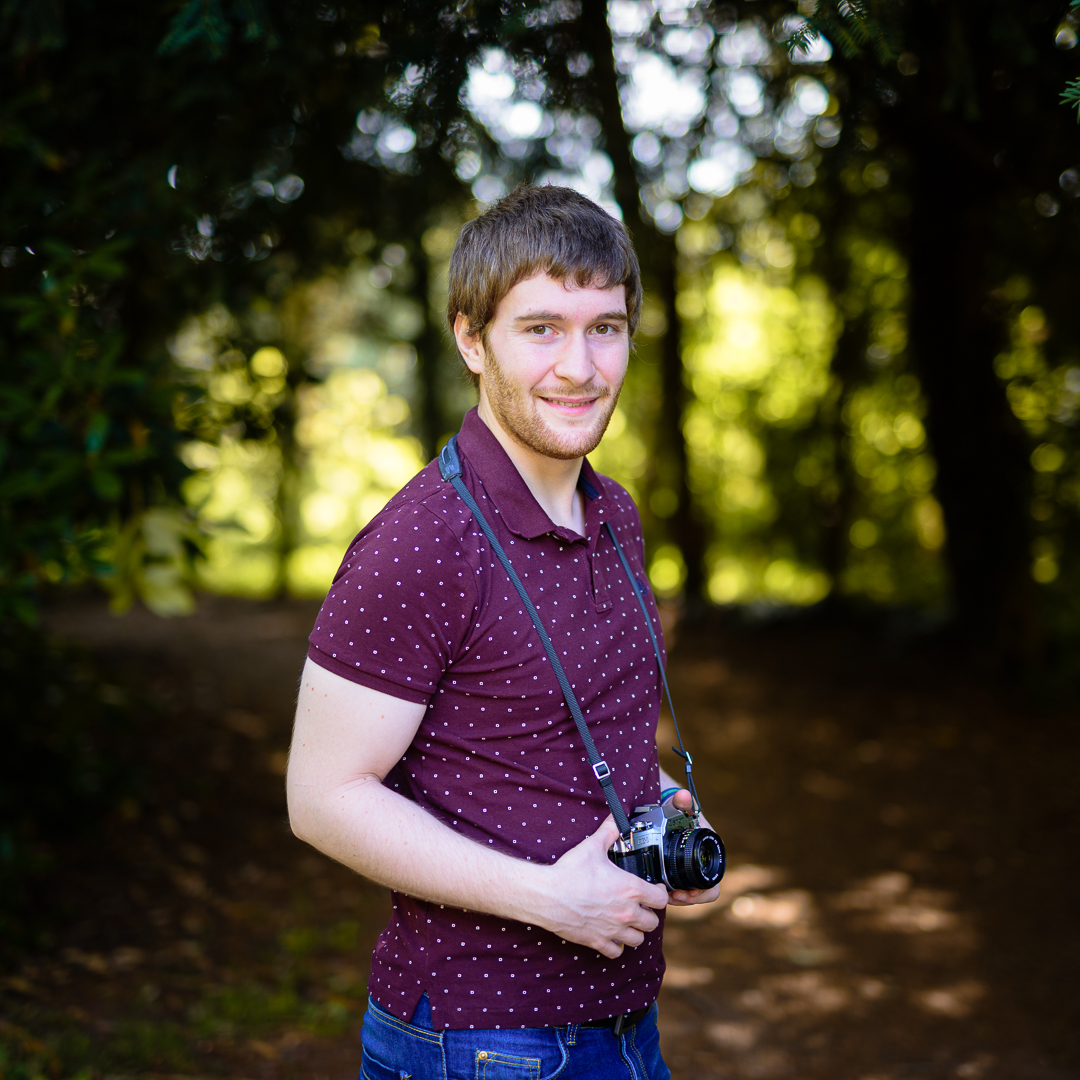Last year, I have made a road trip with a friend from Belgium to Slovenia crossing Germany, Swiss, Italy and Austria. It was a very, very cool trip. I have seen mountains and milky way for the first time and that left me a very peaceful sensation. I have taken with me my Nikon D810 and 3 lenses : a 16-35 mm, a 14 mm and a 70-300 mm. My bag feel heavy and a dreamed of having a little camera that I could take with me everywhere without thinking of them.
After this trip this idea stay in my head and I have started to search for a little camera with a good-quality image. After some research I was filling in love with a Fuji camera called X100F. They have a very beautiful retro look but also a very good image quality. Thanks to a very big sensor, compared to the size of the camera. They also have no mirror, no interchangeable lens… and an electronic view finder (EVF)! Like mirror-less camera (Sony hype here). I always wanted to try an EVF and after taking them in my hand I directly feel in love with the fact that I can see the histogram in the viewfinder.
My only concern before buying this camera is the fact that I need a very big eyepiece diopter correction… something like minus 5 or 6. Like the majority of the cameras this day, it was limited to minus 2 and then I only see a very fuzzy image in the viewfinder. The first thing I needed to do before buying this camera was to found a way to add a correction eye piece. Fuji doesn’t sell correction eyepiece like Nikon… Talking of Nikon, I directly consider the Nikon DK20-C correction eyepiece. They are built for entry level Nikon camera with a square eyepiece. I already use them on my old Canon camera and they look big enough for the X100F viewfinder.
Adding a Correction Eyepiece
 At this time, I have ordered the camera and a Nikon Dk-17C -5. I will now explain how to install this correction eyepiece. You will need a hacksaw, super glue some Sugru and also latex gloves. First advice, always wear latex gloves to manipulate the correction eyepiece, you will avoid finger tracks on the lens. With the hacksaw, you can cut the eyepiece by passing the saw in the gap used to fix the eyepiece on a Nikon camera. The result is a thinner glass. To get an even thinner eyepiece you can use a steel file. When the correction eyepiece is ready, take the time to clean the viewfinder of our X100F, I use lenspen because they remove efficaciously fingerprints. Before gluing the correction eyepiece by careful not to obstruct the sensor on the right of the X100F viewfinder. I don’t apply glue on the bottom of the viewfinder to allow air to pass between the correction eyepiece and the viewfinder (to avoid fog in airplanes and in cold weather). When the glue is dry, I recommend testing the camera to see if the correction eyepiece works for you. The final touch is to use Sugru to reinforce the viewfinder of the X100F, why? It will be larger and will stick out, you can snatch the viewfinder away from the camera when removing the camera from your bag, for example. To smooth the Sugru I have used my finger humidified using soapy water. I have let the Sugru dry for two days before reusing the camera. Now, the viewfinder look more robust and is perfect for me.
At this time, I have ordered the camera and a Nikon Dk-17C -5. I will now explain how to install this correction eyepiece. You will need a hacksaw, super glue some Sugru and also latex gloves. First advice, always wear latex gloves to manipulate the correction eyepiece, you will avoid finger tracks on the lens. With the hacksaw, you can cut the eyepiece by passing the saw in the gap used to fix the eyepiece on a Nikon camera. The result is a thinner glass. To get an even thinner eyepiece you can use a steel file. When the correction eyepiece is ready, take the time to clean the viewfinder of our X100F, I use lenspen because they remove efficaciously fingerprints. Before gluing the correction eyepiece by careful not to obstruct the sensor on the right of the X100F viewfinder. I don’t apply glue on the bottom of the viewfinder to allow air to pass between the correction eyepiece and the viewfinder (to avoid fog in airplanes and in cold weather). When the glue is dry, I recommend testing the camera to see if the correction eyepiece works for you. The final touch is to use Sugru to reinforce the viewfinder of the X100F, why? It will be larger and will stick out, you can snatch the viewfinder away from the camera when removing the camera from your bag, for example. To smooth the Sugru I have used my finger humidified using soapy water. I have let the Sugru dry for two days before reusing the camera. Now, the viewfinder look more robust and is perfect for me.

